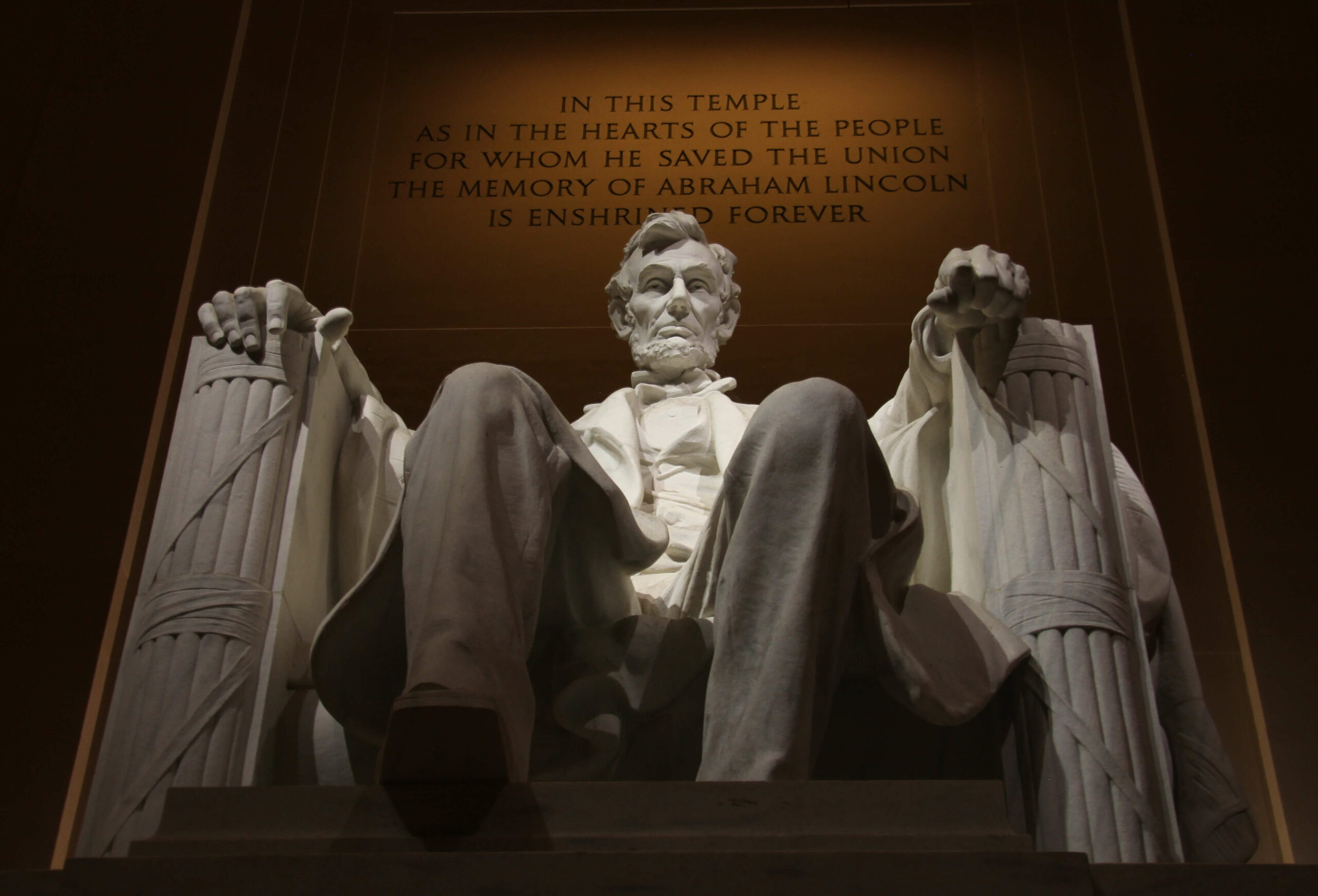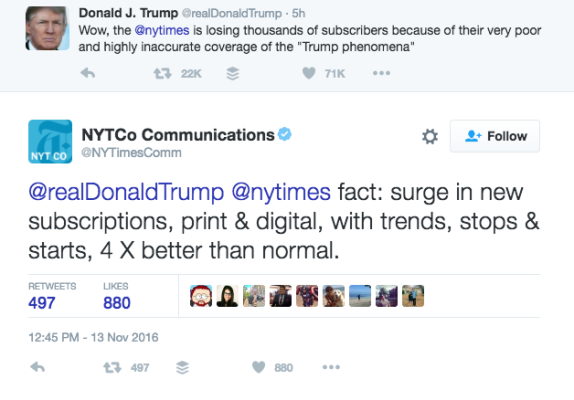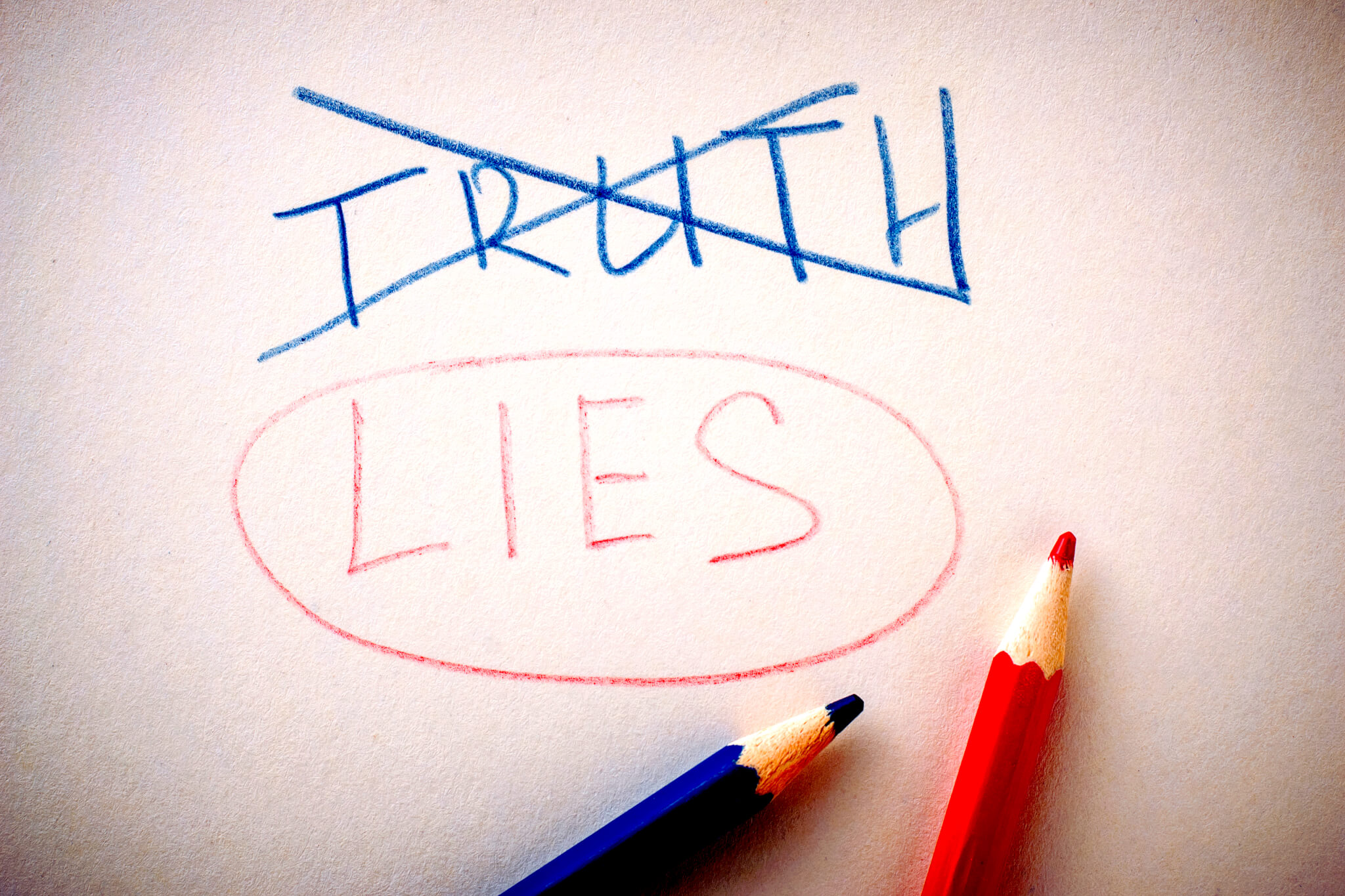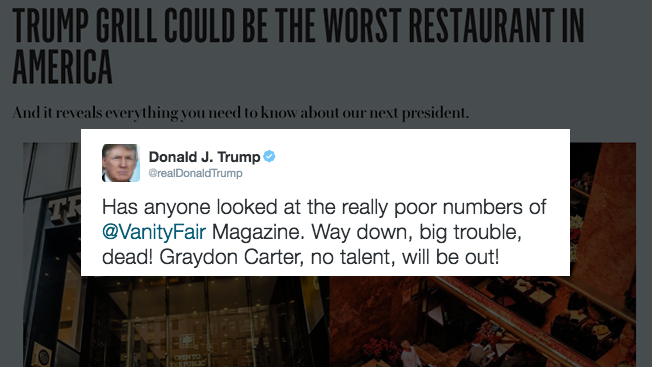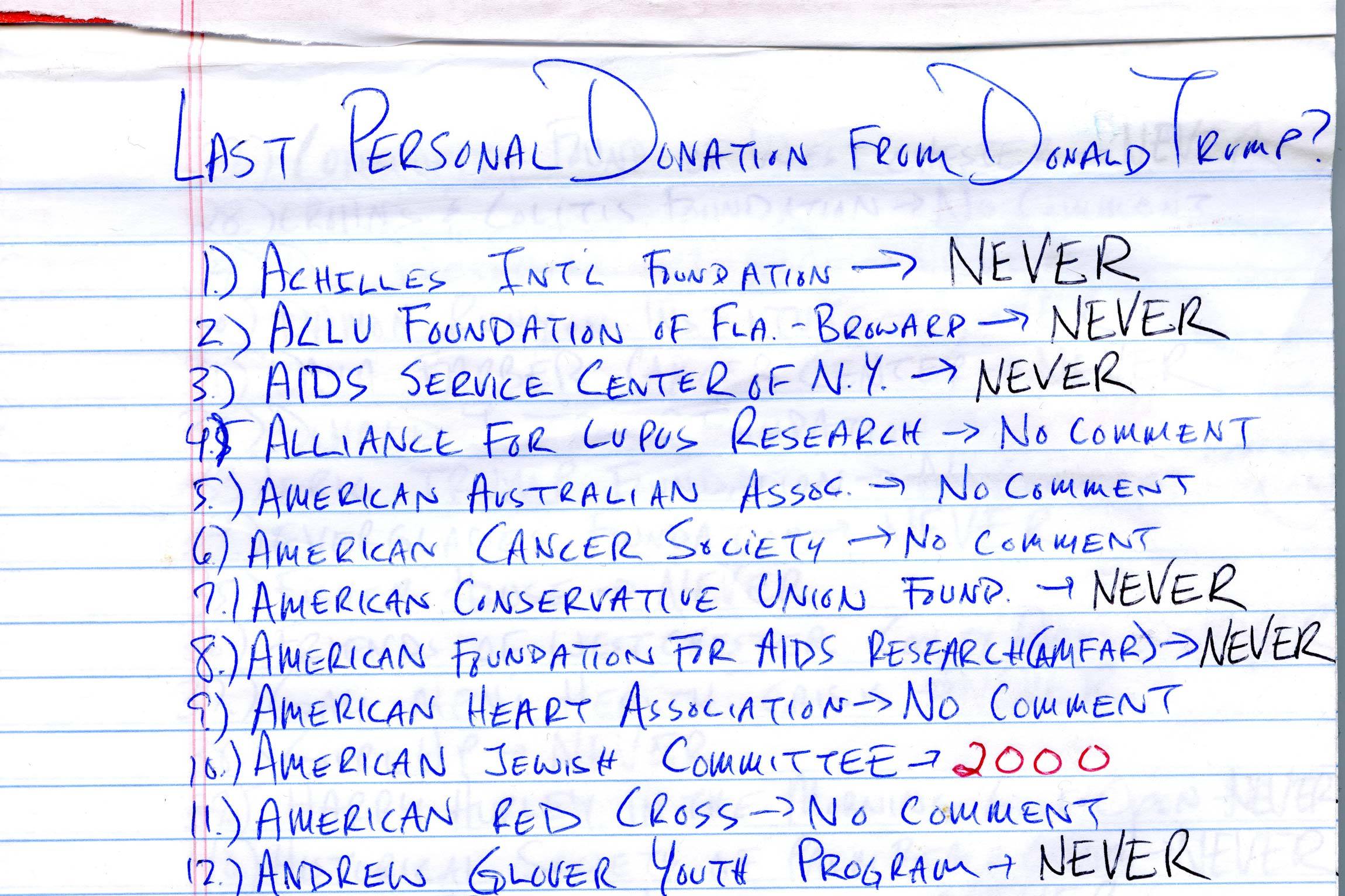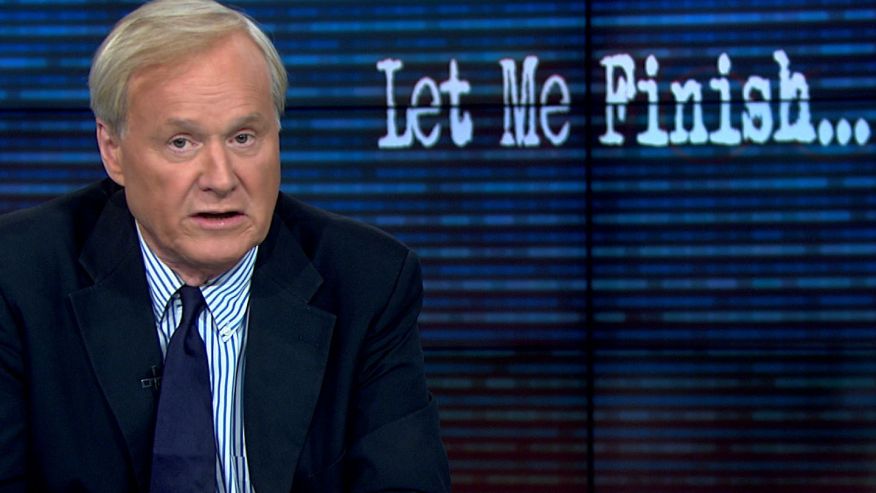Elite international law firm Jones Day faces a reputation crisis as a result of its work supporting legal challenges to the results of the election. Controversy isn’t new to Jones Day, but this situation is a bit more fraught. Here’s why.
As any professional services company knows, the stakes grow if your clients are involved in a negative-PR situation. And on Tuesday the Lincoln Project, that snarky band of never-Trump Republicans who spent $42 in scathing ads and mean tweets to defeat the president, announced a TV, digital and social media campaign accusing Jones Day of undermining democracy. Now, the Lincoln Project intends to draw the firm’s clients into the fray.
No stranger to controversy
Jones Day has weathered plenty of criticism in the past. It was hit with an employee gender-bias lawsuit in 2019, and just last month Warren Buffet’s Berkshire Hathaway sued the firm for fraud over a transaction that went bad.
But the stakes rose Monday when a prominent New York Times story hit that amplified the situation. “Growing Discomfort at Law Firms Representing Trump in Election Lawsuits” describes concerns among lawyers at Jones Day and Porter Wright, a less well-known firm that has represented the Trump campaign for legal challenges in Pennsylvania.
Jones Day has worked with the president since 2016, when partner Don McGahn began to advise the Trump campaign. The work grew after McGahn became White House counsel and has continued after his return to the firm. It drew scrutiny then, but now it much more polarizing because the Trump team’s legal actions are widely seen as frivolous but dangerous. The objective, it seems, is not to overturn the results of the election, but to sow doubt and erode confidence in the system itself. That is a tougher position to defend.
Lincoln Project set to raise the game
The Lincoln Project campaign isn’t large – it’s described as half a million in spending – but the group is good at raising attention on social media platforms and generating earned media through cable TV interviews. (These are the guys who made hay with a Times Square billboard featuring ads about Ivanka Trump and Jared Kushner, who promptly threatened to sue them.) Invoking some of the law firm’s large clients, Lincoln Project partner Rick Wilson told The Washington Post, “I’d like to know how General Motors justifies working with a company that’s aggressively seeking to undermine the validity of a free and fair democratic election.”
Does GM consider this a problem? Probably not. Even if so, will public pressure change anything? We see concern about such situations more often at PR agencies, as when Edelman backed down after employees protested its work for ICE detention company GEO Group. A giant law firm like Jones Day is more insulated from reputation issues than a PR company who advises about reputation for a living. And it may not want to bend principles about sticking by clients by bowing to public criticism on Twitter.
The drip-drip can have an impact
Yet employees are clearly upset about the work; some complained (on background) about “heckling” and one lawyer at Porter Wright has resigned. Most importantly, Jones Day hasn’t made any kind of statement defending its work. It had no response to questions by New York Times reporters, which is baffling. The silence gives the impression that it’s ambivalent about the work, or maybe unconcerned about its reputation among its own partners and the community at large.
Then there are the clients. It seems to me that the controversy is more likely to deter new clients than to pressure existing ones to drop their legal counsel. Why invite scrutiny if there’s another law firm to handle your business? If I were Jones Day, I’d be looking for a quick and quiet resolution to the legal challenges that by all accounts have no chance of succeeding.
If things drag on for weeks, the drip-drip-drip may actually have an impact. Jones Day earned $4 million for its Trump work this year — an insignificant sum for a firm its size. Most prominent clients come with bragging rights, but the upside here isn’t clear. Are the fees and the high-level contacts worth what may be coming?
*Late Tuesday Jones Day posted a statement on its site in response to the controversy. The statement asserts that the firm represents neither President Trump nor any affiliated party and that its work does not seek to contest election results. It goes on to define the work very narrowly as “representing the Pennsylvania GOP in pending litigation brought by private parties in April 2020” around the Pennsylvania Supreme Court’s order to extend the deadline for return of mail-in ballots. It asks for media to correct “numerous false reports” about its work.
